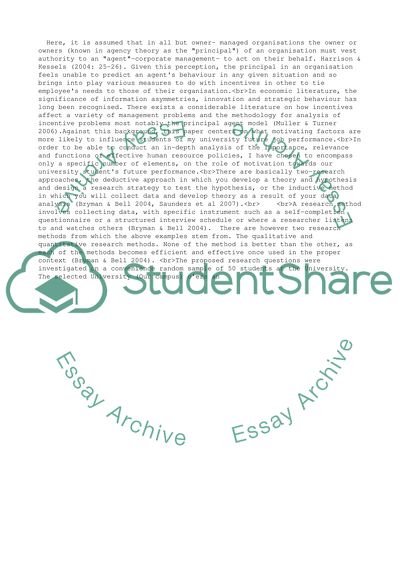Cite this document
(“Future work performance of students Article Example | Topics and Well Written Essays - 3250 words”, n.d.)
Future work performance of students Article Example | Topics and Well Written Essays - 3250 words. Retrieved from https://studentshare.org/business/1499686-future-work-performance-of-students
Future work performance of students Article Example | Topics and Well Written Essays - 3250 words. Retrieved from https://studentshare.org/business/1499686-future-work-performance-of-students
(Future Work Performance of Students Article Example | Topics and Well Written Essays - 3250 Words)
Future Work Performance of Students Article Example | Topics and Well Written Essays - 3250 Words. https://studentshare.org/business/1499686-future-work-performance-of-students.
Future Work Performance of Students Article Example | Topics and Well Written Essays - 3250 Words. https://studentshare.org/business/1499686-future-work-performance-of-students.
“Future Work Performance of Students Article Example | Topics and Well Written Essays - 3250 Words”, n.d. https://studentshare.org/business/1499686-future-work-performance-of-students.


